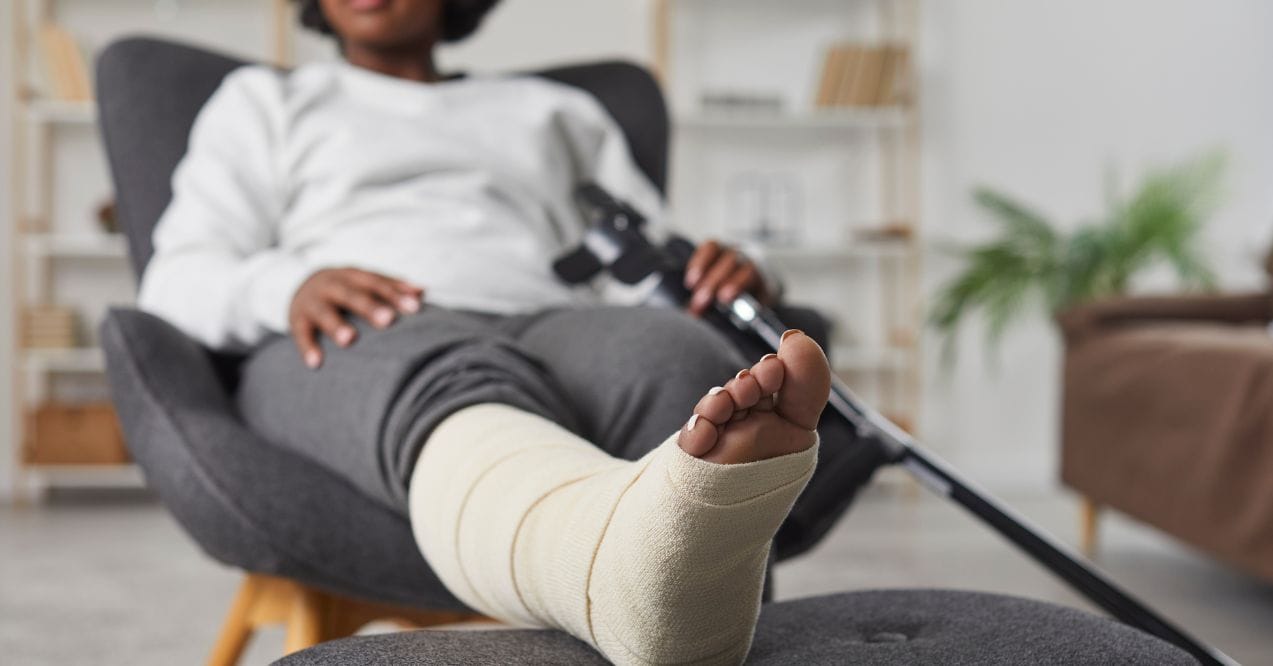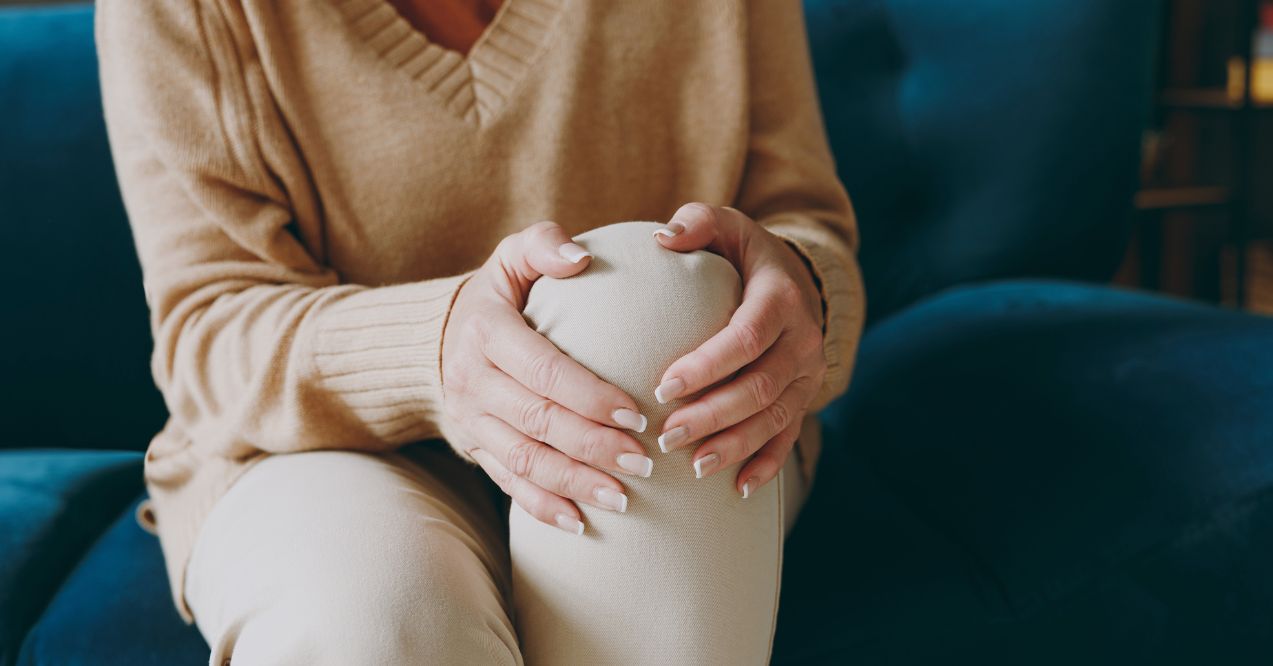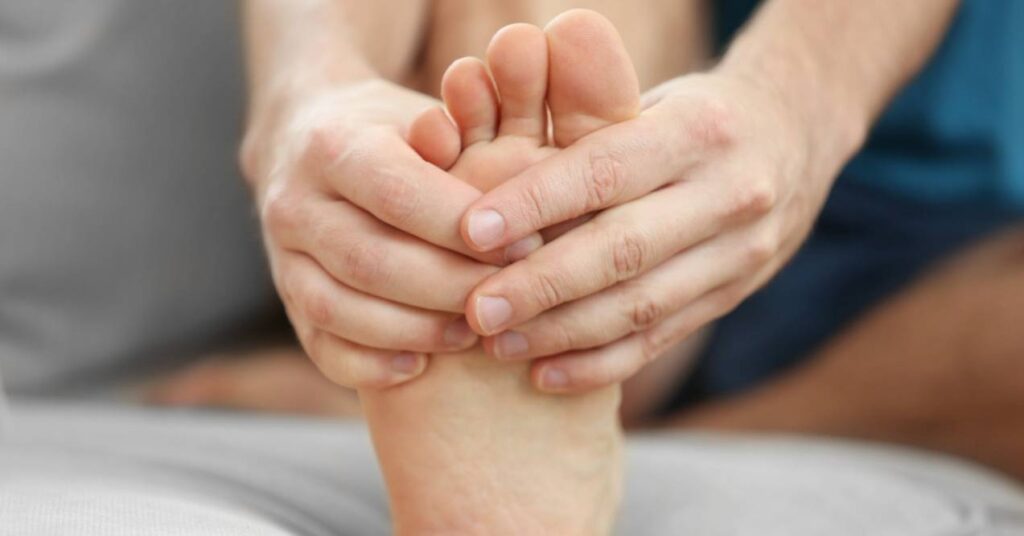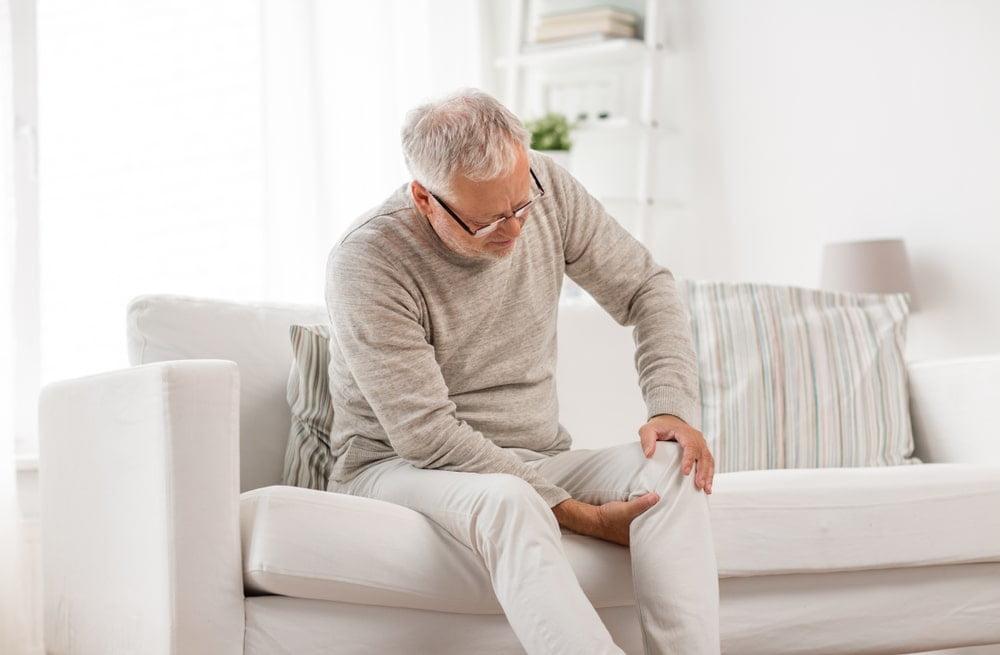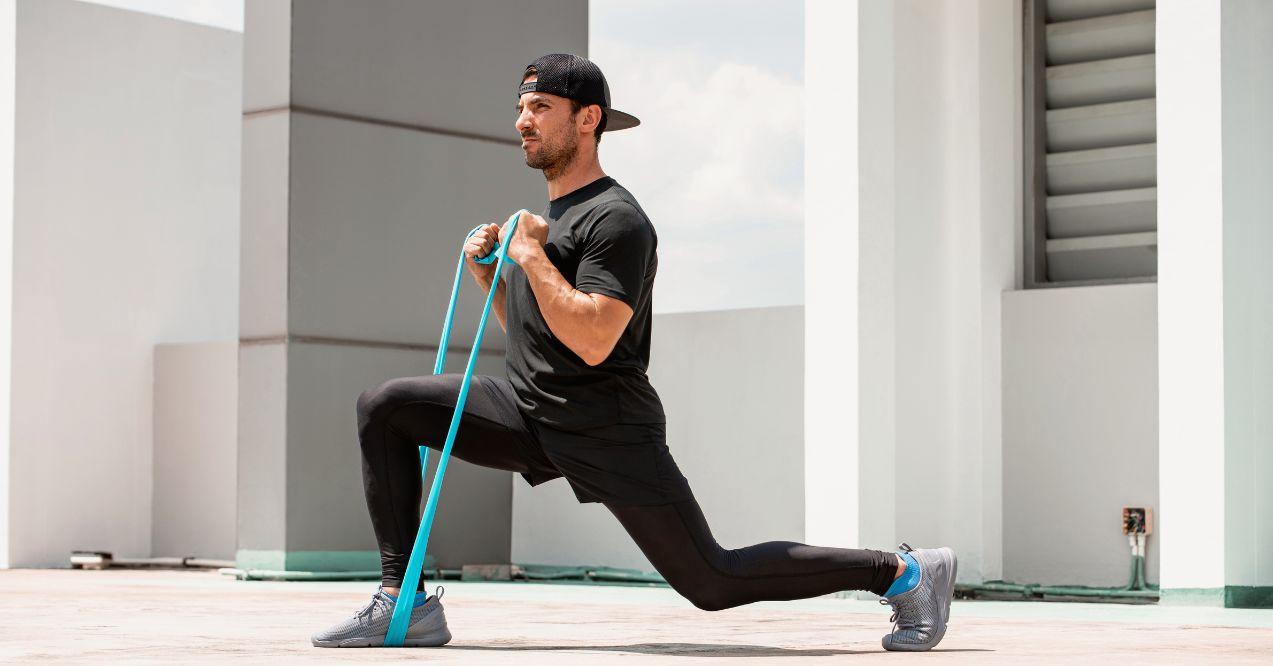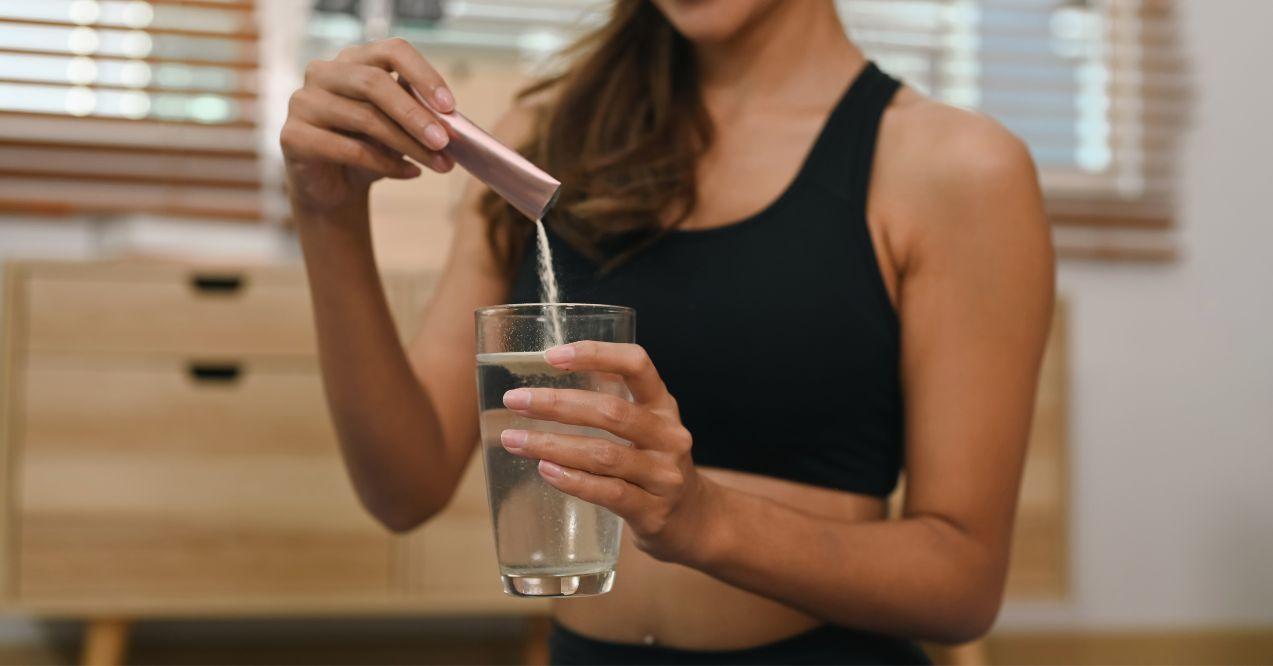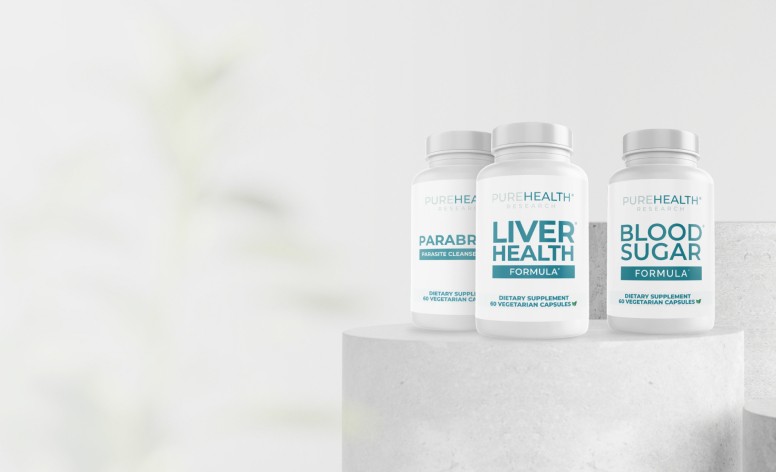What Bones Make Up the Knee Joint?
Medically reviewed by our experts


While it might not be at the top of everyone’s list, understanding exactly what bones make up the knee joint is crucial, especially if you’re keen on preserving your mobility and overall well-being. Did you know? Every year, countless individuals consult primary care providers in clinics or hospitals, primarily to address issues related to knee joints.
Statistics show that musculoskeletal issues make up about a third of the chief problems during primary care visits. Let’s now put things in a clearer perspective. In 2016, healthcare providers in the United States received an incredible 10.6 million visits related to knee problems. That number is just slightly below hypertension. It describes the significant issue that people face with their knees.
Sit back and relax your knees as you read through this article. We’ll help you understand your knee joints, related problems, and how to safeguard them.
What Is the Knee Joint?
You may not know this, but the knee joint is big. In fact, it’s the biggest joint in your body and a pivotal area when considering how to improve joint health. Located in the middle of your leg, it links your thigh bone to your shin bone. It’s a significant part of your skeletal system, helping support your weight and allowing you to bend your knees.
Without your knee joint, you wouldn’t be able to stand, move, or keep your balance properly. Picture the hinges that hold your bedroom door in its place. Some parts of the hinges are immobile, but others move to open and close. You can think about your knee joint working in a similar fashion, functioning much like a hinge joint.
Aside from bones, your knees also contain nerves, muscles, cartilage, and ligaments. As the knee is a synovial joint, it has a lot of mobility freedom. A shallow cavity in the shin bone exists, and that’s where the other bone fits into. Thanks to hyaline cartilage and a synovial membrane (a sac filled with fluid for joint lubrication and protection), the joint enjoys an extra cushion, helping it move with minimal friction.
What Does the Knee Joint Do?
Aside from being very complex, the knee joint is also crucial. Many of our daily activities depend so much on this important joint. What are some of its key functions?
- Bending and Straightening of the Leg: This is your knee joint’s primary function. Thanks to flexion and extension, you can walk, run, climb the stairs, and perform other movements. As you go about your day, try to notice every time your knee joint bends and straightens.
- Weight Support: As you walk and stand, your knees do a lot of work to support your body weight. The balance and stability you enjoy as you perform your activities come from the joint’s weight-bearing ability.
- Shock Absorption: Each time you jump or run, you exert a significant force. The knee takes the impact generated and absorbs and distributes it, thereby protecting your other bones and structures.
- Rotational Capacity: Earlier, we mentioned the knee joint’s function to allow flexion and extension. Besides that, it has a rotational capacity to a limited degree. This ability helps you pivot your body or change movement direction.
- Stability: In your knee joint, there are ligaments, tendons, and muscles. All of these function together to protect you from excessive movements. As you run, jump, or perform other strenuous activities, they maintain joint stability.
- Coordination With Neighboring Joints: Your routine movements don’t just affect your knee joints. The hip and ankles must coordinate with the knees for smooth movements, ensuring maximized mobility and functionality.
- Ligament and Tendon Support: The attachment points provided by the knee joint are crucial for connecting muscles and bones.
Every time you stand up from a sitting down position or perform your daily run, your knee joints are in action. You need their flexibility and strength to perform routine and dynamic activities.
What Bones Make Up the Knee Joint? Lets Find Out
Let’s have a little quiz. What four bones make up the knee joint? Or are there only three bones involved? The knee joint is beautiful as it is complex. It comprises three primary bones (the femur, patella, and tibia) plus a smaller one (fibula) that completes the structure. While the fibula isn’t doing as much as the femur and tibia in terms of bearing weight, it gives you extra stability and support. Running parallel to the tibia, it helps distribute forces and maintain balance just by being there.
So, how do the three primary bones function and connect to each other? Let’s discuss.
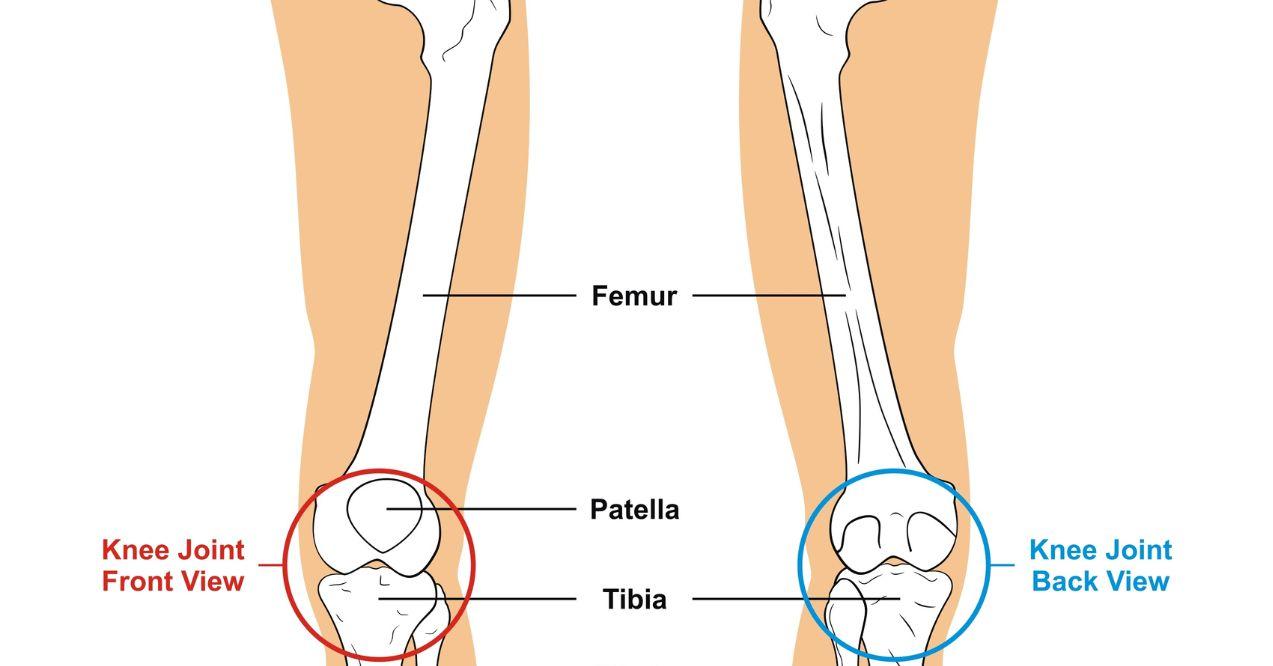
Femur (Thigh Bone)
As the uppermost bone of your knee joint, the femur is crucial. It bears your body’s weight and lets forces move down from the hip to the knee. Because it articulates with the tibia and patella, you get to flex and extend your knee.
The femur is incredibly strong. Some studies have even compared its strength to that of concrete’s!
Patella (Kneecap)
Embedded in the quadriceps femoris muscle’s tendon is a sesamoid bone called the patella, the largest sesamoid bone in your body. The quadriceps must function with great mechanical efficiency, and the patella assists by providing increased leverage when you extend your knee.
Did you know that the patella doesn’t connect directly to another bone? Strange as it may sound, it seemingly floats within the quadriceps femoris muscle’s tendon.
Tibia (Lower Leg Bone)
The tibia is a bone that acts as a support for the knee joint. You’ll notice that it’s the larger of the two lower leg bones. The tibia plays a very important role in that it bears a major portion of your body weight. Aside from its weight-bearing abilities, the tibia also produces red and white blood cells.
It’s quiz time again! What two bones of the knee make up the hinge joint? The answer to that is the femur and the subject of this section: the tibia! Thanks to the hinge joint, we can walk, run, and jump.
What Are the Most Common Issues or Conditions That Affect Knees?
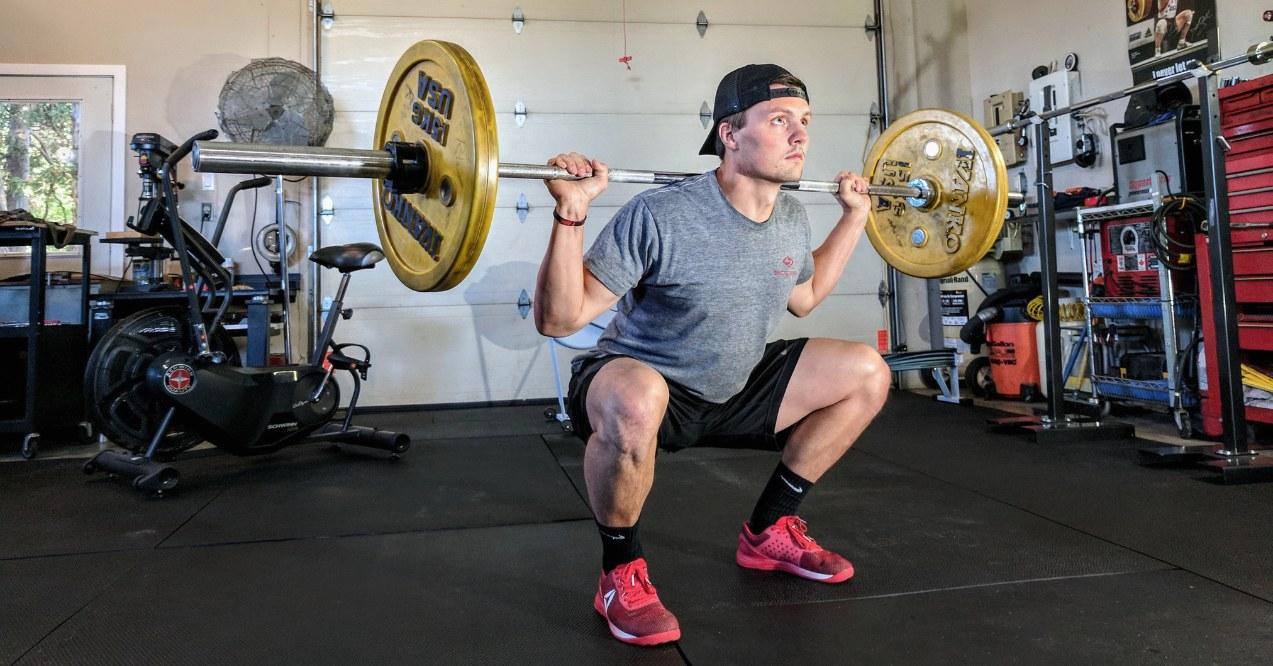
If you’ve been following this article well, you’ll know what bones make up the knee joint. Besides that, you’ll also understand that the knee is an extremely complex joint. We often overwork this critical element by putting it under constant strain and stress. Therefore, it should come as no surprise that seeking medical help for our knees happens more often than we’d like. Here are some examples of common conditions:
- Joint Decay: As we age, our body parts get worn out. That happens to our knees, too. Many older people suffer a condition where knee cartilage wears off, providing less cushion. It comes with agonizing aches, stiffness, tenderness, loss of flexibility, and more. In some cases, there’s also a grating sensation, with pops and cracks occurring with joint usage.
- Meniscus Tears: Those who frequently engage in sporty activities are at higher risk of experiencing a meniscus tear. Often, it happens when twists and turns with a knee bent and foot on the ground. Radial, longitudinal, bucket-handle, and flap are a few types of tears.
- Ligament Injuries: Our knee joints have tough fibrous tissue that connects bones and provides stability. These are ligaments, which maintain joint integrity by limiting movement. Sports and traumatic injuries often affect these ligaments, especially the anterior cruciate ligament (ACL) and posterior cruciate ligament (PCL).
- Tendon Swelling: Knee tendon swelling occurs with overuse, trauma, or poor biomechanics. Commonly affected parts include the patellar tendon, quadriceps tendon, or iliotibial band.
- Knee Joint Swelling: Sometimes, fluid builds up in the knee joint, causing swelling and discomfort. This happens for a few reasons, including injury, pathogenic attack, and a pro-inflammatory response to the tendon.
- Age-Related Wear and Tear: As we age, our tissues (including ligaments and tendons) experience significant structural and functional changes. Ligaments may lose their elasticity, and tendons might become stiffer. Additionally, our tendons may not enjoy as much blood supply the older we get, putting them at higher risk of injury.
- Overuse Injuries: Do you subject your knees to repetitive stress and strain? If so, your knees may suffer from overuse. Bending, twisting, or impacting the knees may affect the muscles, tendons, ligaments, and cartilage in the surrounding area.
- Excess Weight Load: When one is overweight, the knees have to bear an excessive amount of body weight. The joints suffer increased pressure, impacting cartilage, ligaments, and tendons.
What Are Common Symptoms That Affect Knee Joints?

Common symptoms of knee joint issues can vary depending on the specific condition or injury. However, some general signs that may indicate problems with the knee joint include:
- Aches: Aching is a common symptom of knee issues and can range from mild discomfort to severe agony. The location and nature of where it hurts may vary based on the underlying cause.
- Swelling: Swelling around the knee joint is often a sign of an immune response. It may be visible as a noticeable bulge or felt as a tightness in the knee.
- Stiffness: Stiffness in the knee can make bending or straightening the leg challenging. This symptom may be more pronounced after periods of inactivity.
- Instability: A feeling of instability or weakness in the knee, where the joint gives way or feels unsteady, may indicate issues with ligaments, tendons, or the joint structure.
- Clicking or Popping Sounds: Clicking, popping, or cracking sounds during knee movement can sometimes be associated with certain conditions, such as meniscus tears or cartilage issues.
- Limited Range of Motion: Difficulty in fully bending or straightening the knee or a reduced range of motion can indicate various knee problems.
- Warmth or Heat: Increased warmth or heat around the knee joint may suggest a pro-inflammatory response or pathogen attack.
- Redness: Redness over the knee joint may be a sign of a pro-inflammatory response or pathogen attack and is common in conditions like bursitis or joint decay.
- Difficulty Bearing Weight: If the knee joint is significantly affected, individuals may experience difficulty putting weight on the affected leg or standing for prolonged periods.
- Locking Sensation: A feeling that the knee joint is “locking” or getting stuck at certain angles may occur in conditions like meniscus tears.
- Tenderness to Touch: Tenderness or severe discomfort when touching the knee joint may indicate issues with the soft tissues or underlying structures.
- Changes in Appearance: Visible changes in the shape or appearance of the knee joint, such as deformities, may be associated with certain conditions or injuries.
It’s important to note that these symptoms are not exclusive to a single condition. Early identification and appropriate management are crucial for discouraging further complications and promoting optimal knee health.
How to Take Care of Your Knees Naturally

Taking care of your knees naturally involves adopting a combination of healthy lifestyle practices, exercises, and preventive measures. Here are some tips to help maintain and promote knee health naturally:
- Maintain a Healthy Weight: Excess body weight puts additional stress on the knees. Maintaining a healthy weight reduces the load on the joints, decreasing the risk of knee issues.
- Exercise Regularly: Engage in regular low-impact exercises to strengthen the muscles around the knee and improve joint flexibility. Activities such as swimming, cycling, and walking are gentle on the joints.
- Do Strengthening Exercises: Incorporate exercises that target the muscles supporting the knee, including quadriceps, hamstrings, and calf muscles. Strengthening these muscles can enhance joint stability.
- Warm Up and Cool Down Properly: Always warm up before engaging in physical activities to prepare the muscles and joints. Cooling down with stretching after exercise helps prevent muscle tightness.
- Adopt a Healthy Diet: Adopt a balanced diet rich in nutrients that support joint health and address vitamins for cracking knees. Include foods with omega-3 fatty acids, antioxidants, and vitamin D. These nutrients contribute to overall joint function.
- Stay Hydrated: Proper hydration is crucial for maintaining the health of connective tissues, including those in the knees. Drinking an adequate amount of water throughout the day is essential, as joint pain from dehydration can significantly impact your comfort and mobility. Dehydration can lead to decreased lubrication in the joints, increasing friction and discomfort.
- Avoid Prolonged Sitting: Prolonged sitting can contribute to stiffness in the knees and exacerbate SI joint pain. Take breaks, stand, and stretch periodically, applying techniques on how to sit with SI joint pain to alleviate discomfort, especially vital for desk job environments.
- Use Good Footwear: Wear supportive and comfortable footwear, especially if you engage in activities that involve walking or standing for extended periods. Proper footwear can help distribute weight evenly.
- Avoid Overtraining: Allow adequate time for rest and recovery between workouts. Overtraining can contribute to fatigue, muscle imbalances, and increased risk of injuries.
- Incorporate Anti-Inflammatory Foods: Include foods with anti-inflammatory properties in your diet, such as fruits, vegetables, fatty fish, and nuts. These foods may help reduce pro-inflammatory molecules in the joints.
Revitalize With Joint Support Supplement
Experience a transformation as it:
- Promotes the health of your joints, cartilage, and bones
- Rejuvenates joints and cartilage with targeted nutrients
- Halts erratic immune responses
- Reduces swelling and discomfort
- Eases aches and tenderness
- Defends synovial joints against degradation
- Enhances walking and standing scores
- Backs healthy joint flexibility and mobility
- Unleashes a feeling of renewed youth
Backed by the renowned Dr. Holly Lucille, the all-new and enhanced Joint Support is a powerhouse of scientifically-backed ingredients. It comprises a natural eggshell membrane, containing essential glycosaminoglycans and proteins for maintaining healthy joints. Other nourishing ingredients include ginger, Boswellia serrata, type II collagen, turmeric, calcium, and black pepper.
These potent natural components individually address distinct aspects of joint functions and immune markers, contributing to the enhancement of your overall joint health and well-being. Each ingredient is substantiated by numerous scientific studies, validating its effectiveness.
Final Thoughts
This article underscores the critical importance of knee health and explores various facets related to knee issues, anatomy, and care. You discovered what bones make up the knee joint. You also now know that the knee, a complex joint comprising bones, ligaments, tendons, and cartilage, plays a pivotal role in stability and movement.
Excess weight places strain on the knees, increasing the likelihood of wear and tear, joint decay, and related complications. Overuse injuries stemming from repetitive activities can manifest life-altering knee problems, showcasing symptoms such as severe discomfort, swelling, and reduced flexibility.
The following preventative measures are integral components of knee care:
- Maintaining a healthy weight
- Engaging in regular low-impact exercises
- Adopting a balanced diet
- Performing strengthening exercises and flexibility training
- Wearing appropriate footwear
Aside from those, you should also adopt natural strategies, encompassing hydration, anti-inflammatory foods, and supplements for bone and joint health. Lastly, regular check-ups and early intervention are paramount for effective management and prevention of knee issues, ensuring sustained joint health over the long term.
The fibula is not considered part of the knee joint. The knee joint primarily involves three bones: the femur (thigh bone), the tibia (shin bone), and the patella (kneecap).
The perception of discomfort varies among individuals, and what might be the most agonizing knee injury for one person may not be the same for another. However, one of the most notorious for causing severe distress is an injury to the anterior cruciate ligament (ACL).
It’s challenging to pinpoint a single “number one” knee injury, as the prevalence and severity of knee injuries can vary based on factors such as age, activity level, and individual circumstances. However, one of the most common knee injuries is damage to the anterior cruciate ligament (ACL).
Popular Articles
Advertisement. This site offers health, wellness, fitness and nutritional information and is designed for educational purposes only. You should not rely on this information as a substitute for, nor does it replace, professional medical advice, diagnosis, or treatment. If you have any concerns or questions about your health, you should always consult with a physician or other health-care professional. Do not disregard, avoid or delay obtaining medical or health related advice from your health-care professional because of something you may have read on this site. The use of any information provided on this site is solely at your own risk.





